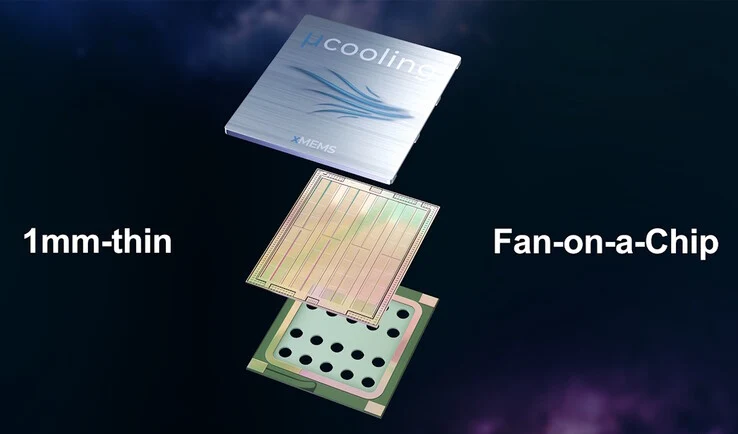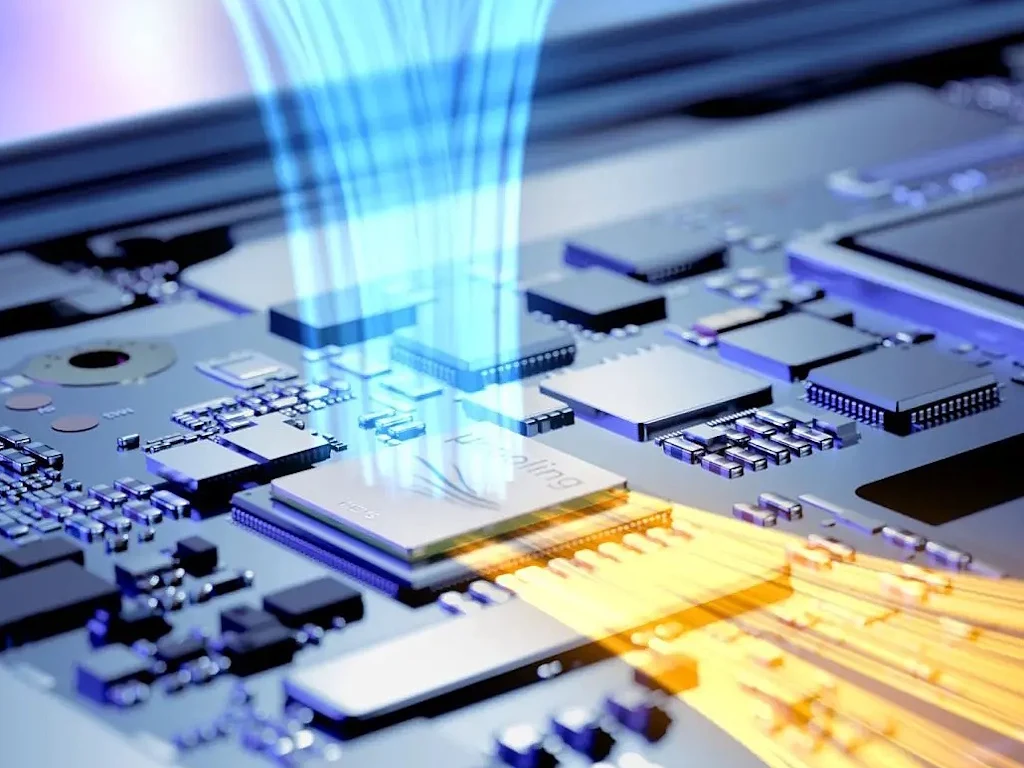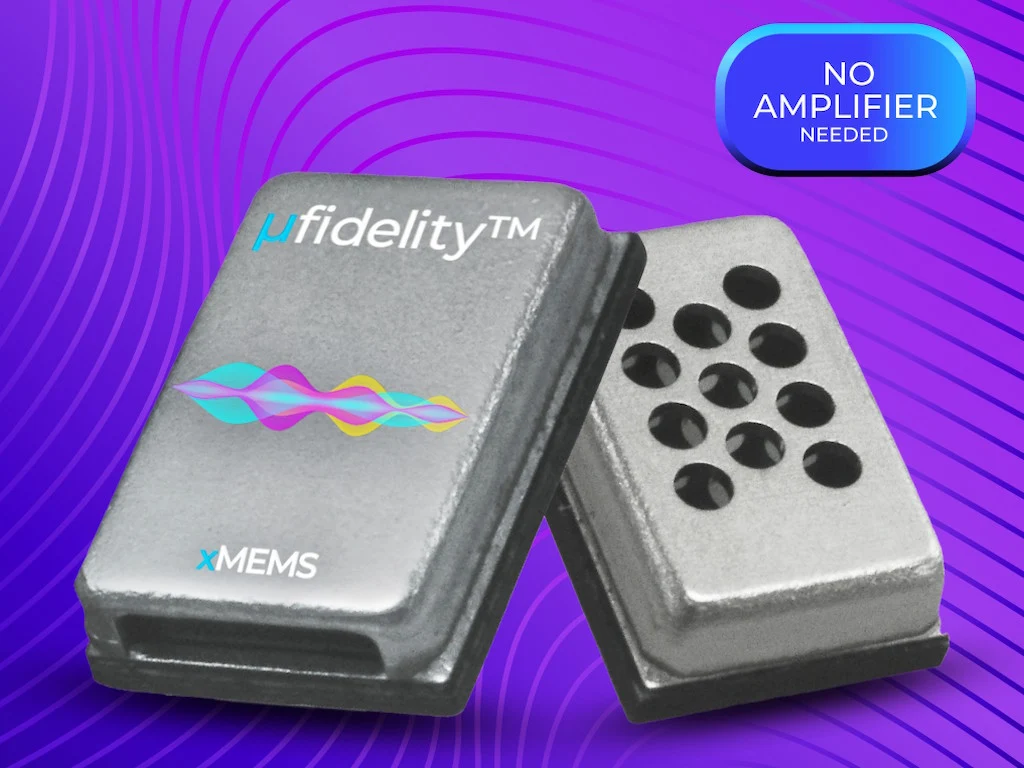Key Takeaways
1. Compact Design: The XMC-2400 micro-cooling chip measures just 9.26 x 7.6 x 1.08 mm and operates efficiently with low power consumption (30 mW).
2. Innovative Air Movement: It uses ultrasonic sound waves and a piezoelectric film to create airflow, unlike traditional fans with rotating blades.
3. High Airflow Rate: The chip can move air at a rate of up to 39 cubic centimeters per second, aiding in effective heat management.
4. Easy Integration: Designed for surface-mount technology (SMT), it can be easily installed on motherboards and offers customization for air vent placement.
5. Durability: With an IP58 rating, it can resist dust and can be submerged in water up to 1 meter, while managing minor blockages effectively.
xMEMS has introduced a new micro-cooling chip, the XMC-2400, designed to help manage heat in smartphones, tablets, and servers.
Innovative Design
The chip takes advantage of the company’s experience in creating MEMS speakers and microphones, enabling it to move air at a rate of up to 39 cubic centimeters per second while consuming only 30 mW of power. It is impressively compact, measuring just 9.26 x 7.6 x 1.08 mm (0.36 x 0.30 x 0.04 in.). The technology uses ultrasonic sound waves that are inaudible to the human ear.
How It Works
MEMS, or micro-electromechanical systems, are made using advanced techniques similar to those used in CPU fabrication. Unlike traditional fans that have rotating blades, the XMC-2400 operates by vibrating a thin piezoelectric film back and forth to create airflow. This method is akin to the way ocean waves can propel boats across the sea.
Easy Integration
The XMC-2400 can easily be mounted on motherboards using surface-mount technology (SMT), which is widely utilized in automated electronics production. It offers customization options, allowing for top or side air vents. With an IP58 rating, it can withstand minor dust intrusion and can be submerged in water up to 1 meter (3.3 feet). It provides bidirectional airflow and can handle minor blockages with up to 1,000 Pa of back pressure per activation.
Gamers using smartphones will need to rely on magnetic phone fans (like one available on Amazon) until manufacturers incorporate these micro-cooling MEMS chips into their devices.
Source:
Link




